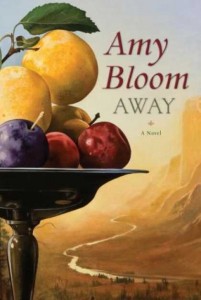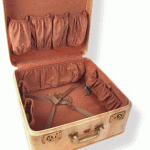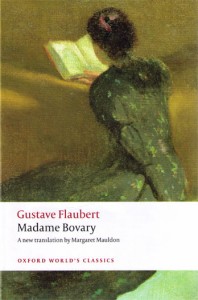People in trouble
My friend Natalie Baszile and I are studying Away, a novel of such narrative thrust that only on reread, pen in one hand and phone in the other, are we starting to understand how complex it is, how many things Amy Bloom is doing at once.
We’re not going at this systematically, just passionately. Natalie says that examining Away  is like standing on a tapestry, stunned by jewel tones, so it’s hard to know which threads to scrutinize first. I think this will become the Away blog for awhile. Not systematic. Just passionate. Pulling one thread at a time.
is like standing on a tapestry, stunned by jewel tones, so it’s hard to know which threads to scrutinize first. I think this will become the Away blog for awhile. Not systematic. Just passionate. Pulling one thread at a time.
Here’s the official Random House summary, which is no substitute for the book.
Here is the first paragraph in its entirety (page 1 happens to be a page we looked at last night):
It is always like this: The best parties are made by people in trouble.
I love what she dangles before us in that first line: people in trouble. If there’s one thing I want to read about—
And here are the first two sentences of a second paragraph that could almost fill a page:
There are one hundred and fifty girls lining the sidewalk outside the Goldfadn Theatre. They spill into the street and down to the corners and Lillian Leyb, who has spent her first thirty-five days in this country ripping stitches out of navy silk flowers until her hands were dyed blue, thinks that it is like an all-girl Ellis Island: American-looking girls chewing gum, kicking their high heels against the broken pavement, and girls so green they’re still wearing fringed brown shawls over their braided hair.
Such urgency, right up front. Spill, spent, rip, dye, chew, kick. Girls, crowded together, hungry for work. But here’s the part Natalie and I are trying to understand: How, in two sentences, does Bloom sweep across so much time and space?
Here’s what she packs into Sentences 2 & 3 of the book. It’s like fitting a taxicab into a suitcase:
Lillian is a Jewish immigrant from Eastern Europe or Russia (her name, and the theatre’s, tell me this). In five weeks she’s been working hard not just at sewing but also at keenly marking the differences between girls with the shtetl in their clothes and hair, and girls who’ve shed it. Bloom shows me that Lillian has sharp eyes, because of how she notices detail. She shows that Lillian’s mind works as fast as her seamstress-hands, because of how data from the Bloom/Lillian POV comes flying obliquely at me.
Which is to say that Natalie and I have opened the suitcase and examined the taxicab but we can’t quite figure how Amy Bloom got it in there, or how to pack such a bag ourselves.
Here is another example of sweep, this time from the brief POV of Frieda, the cousin with whom Lillian lives (p. 13).
She would not ask to bargain with Italians every month for the privilege of doing piecework in her apartment, but she sees it all as part of the great ladder upward. She feels the smooth, pale wood under her hands, she sees her feet settled firmly beneath her; she dreams almost every night of her spiritual home, Fifth Avenue, and she is strolling with her friends, well-dressed women flashing silk ankles
and strapped shoes, accepting compliments from handsome, prosperous, cigar-smoking men (clean-shaven, well-spoken men), climbing the polished marble steps to her brownstone, in which Frieda waltzes from room to room, skirt flaring as she catches a glimpse of the gleaming porcelain fixtures in her modern bathroom…
This sent me to my beloved first printing (not first edition) of Mystery and Manners, in which Flannery O’Connor analyzes that now-famous sentence about Emma Bovary playing the piano. Flaubert wrote:
Thus shaken up, the old instrument, whose strings buzzed, could be heard at the other end of the village when the window was open, and often the bailiff’s clerk, passing along the highroad, bareheaded and in list slippers, stopped to listen, his sheet of paper in his hand.
Flannery, describing what Flaubert pulled off, might have been speaking of Bloom and Frieda:
The more you look at a sentence like that, the more you can learn from it. At one end of it, we are with Emma and this very solid instrument “whose strings buzzed,” and at the other end of it we are across the village with this very concrete clerk and his list slippers.
 Critical, says Flannery, because “Flaubert had to create a believable village to put Emma in.”
Critical, says Flannery, because “Flaubert had to create a believable village to put Emma in.”
Just so with Frieda: At at one end we are bargaining with the Italians for piecework, and at the other we are on Fifth Avenue with “silk ankles” and a porcelain sink, and the result is the believable city of poverty, striving, and wealth in which Lillian Leyb has landed.
Don’t worry; there will not be a quiz. I write this stuff because I’m obsessed.